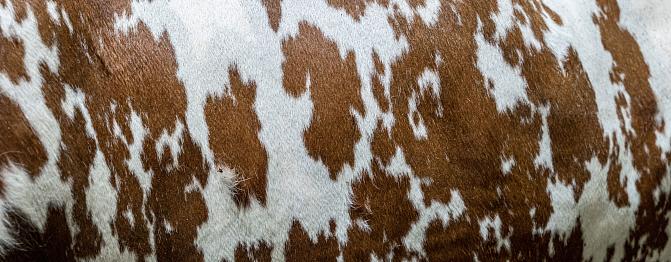
Proportion of neglect during sample-based production animal protection inspections
On this page
Monitoring, guidance and training have produced results. In the first half of the 2000s, more than 30 per cent of the inspected farms were found to be negligent in keeping animals, but in 2007-2009 the proportion varied from 20 per cent on both sides. Between 2010 and 2013, the rate of negligence rose again close to 30 per cent, but subsequently declined. From 2019 onwards, the share has been 25-30%, 37% in 2024. On average, annual inspections detect about one farm requiring emergency measures to safeguard animal welfare. In cases of harsh animal welfare, there may be mental exhaustion on the part of the farmer.
The risk-based nature of supervision has been strongly developed in recent years. It is worth noting that the more effectively risk-based control finds the problem areas, the higher the number of perceived omissions increases.
The most common reasons for neglect on cattle farms were related to the space requirements and cleanliness of the holding, on pig farms the lack of stimulating material and the lack of nesting material for sows. In broiler farming, the most common reason was insufficient lighting.
The training, advice and agricultural investments taken into account in the CAP plan, as well as animal welfare payments, aim to improve the welfare of farm animals.
Allow functional cookies to show the embedded graph.
Data collection
Description of the indicator
The indicator measures how the wellbeing of production animals has developed. It represents the number of neglects during sample-based inspections. Neglect may be related to incomplete accounting, the lack of inspiring material, structural defects or the lack of space considering the number of animals.
Every year, Finnish Food Authority collects information about production animal protection inspections.
The indicator will next be updated in autumn 2026.